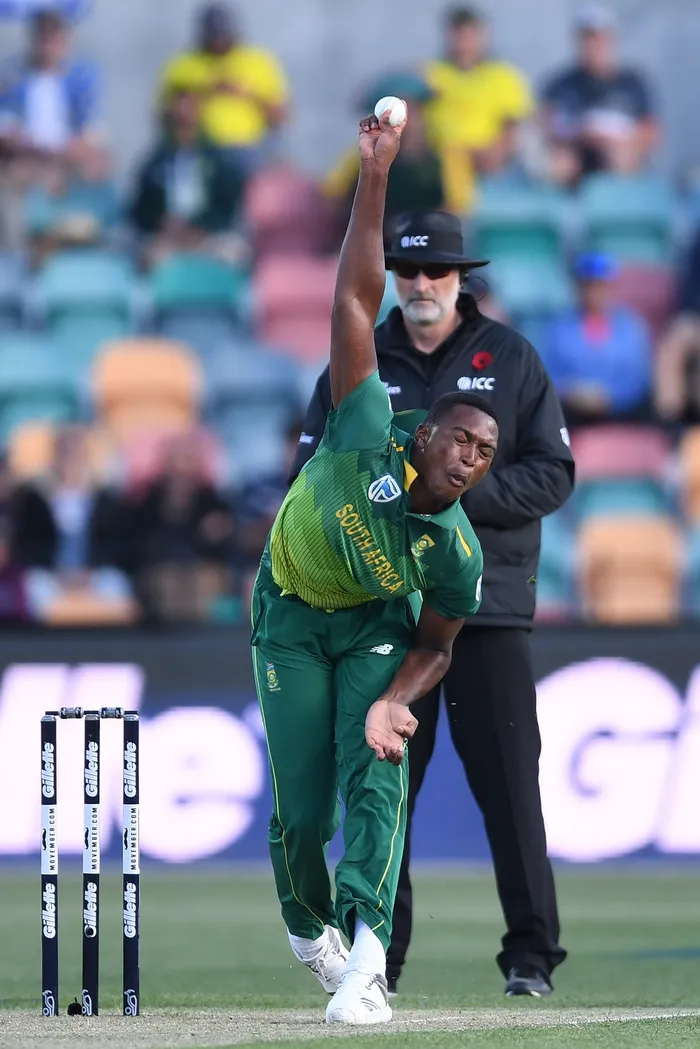Ngidi: Ready to go

SPEEDY RECOVERY: Lungi Ngidi. Photo: DEAN LEWINS/EPA SPEEDY RECOVERY: Lungi Ngidi. Photo: DEAN LEWINS/EPA
Lungi Ngidi is back and raring to go with the World Cup in his sights.
The Proteas speedster has recovered from a knee injury picked up on the ODI tour to Australia and missed Pakistan’s visit.
But the 22-year-old is fit again for Sri Lanka, who are in Mzansi for a nine-match tour, starting with first of two Tests next Wednesday.
Then Ngidi will be hoping to get a chance to earn a ticket to England in May when coach Ottis Gibson will get five ODIs to run the rule over his players for the last time.
And the Durbanite says: “I have had my fitness test and I’m good to go. I’m ready for selection now.”

PACE PARTNER: Kagiso Rabada. Photo: BACKPAGEPIX
Ngidi only made his Test and 50-over international debut last year and has taken 41 wickets having caught the eye as junior Protea and only playing 13 First-Class matches.
His meteoric rise to joining a South African attack of superstars Kagiso Rabada and Vernon Philander came as a surprise to the youngster, who only made his decision to play cricket instead of rugby in Grade 10.
But he always wanted to be a fast bowler after playing since the age of seven, saying: “Bowling looked a lot more interesting than batting and I just carried on from there.

TEAMMATE: Vernon Philander. Photo: TRAVIS ARENDSE
“I was always a fast bowler, spin never interested me," he says.
“Growing up watching some South African legends, fast bowling was all I wanted to do.
“Watching the World Cup here in 2003, I was in Grade 1 and that’s when I became aware of the players - Makhaya Ntini, Shaun Pollock.
“My favourite player at the time was Andre Nel. His aggression was something that I really enjoyed.”

INSPIRATION: Aggro Andre Nel. Photo: TRAVIS ARENDSE
He adds that it’s not easy being a top wicket-taker, but he reckons pace will always trouble the opposition in a game favouring the batsman.
Ngidi adds of his approach: “There is a lot that has changed. I’d say there are more skills now - slower balls. Guys need to use those a lot more.
“The batsmen have improved and their bats have improved and they put you under pressure. So you have to find new ways to get them out.
“But good old basics still work. You run in, hit a hard length and put the batsman under pressure.”